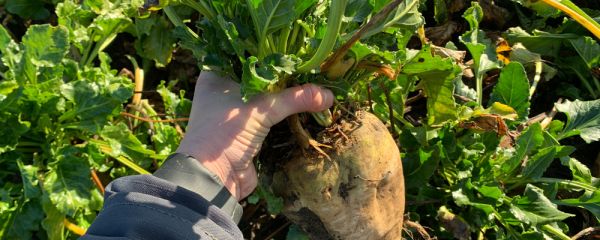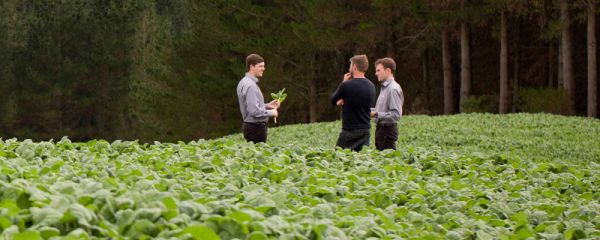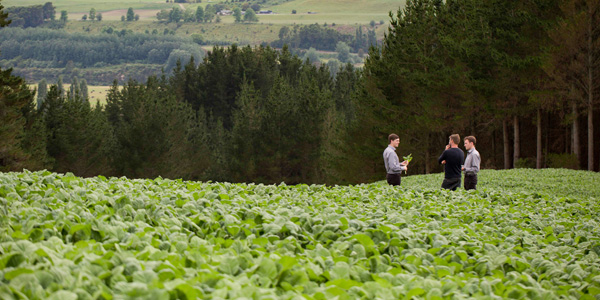
Fodder Beet Measurement
Fodder Beet Measurement
Crop Measurement
VARIABILITY IN YIELD MEASUREMENT
VARIABILITY IN YIELD MEASUREMENT
When trying to gauge a fodder beet crop yield, there are a number of things that need to be considered. It is important to do multiple measurements across the crop in order to get a representative average yield. If the crop is being used in the transition phase, it is particularly important to focus on the area that will be grazed to minimise allocation issues. Variability of crop can be affected by drill coulter uniformity, seed quality, germination, seedling vigour, temperature, access to moisture, nutrients and soil effects.
For a typical paddock (sown with high quality seed) where eight measurements have been taken to create an average yield, the variation would still be within plus or minus 3 t DM/ha of this figure (Agricom, unpublished data). More variable paddocks may require 13 samples to determine the average with the same level of accuracy.
VARIABILITY OF BULB DRYMATTER PERCENTAGE (DM%)
Fodder beet can be broadly categorised into low, medium or high bulb DM% cultivars, although for each cultivar there is a range of bulb DM% that can be observed.
The DM content of fodder beet bulbs is affected by bulb fresh weight. Smaller bulbs are generally higher in DM than bigger bulbs. Variation in DM% at a common bulb size can also occur, this is likely to be due to sowing date, fertility and irrigation vs dryland effects.
STEP 1:
STEP 1:
Measure 10 row spaces
To measure row spacing, measure the distance of 10 row spaces (from centre of row 1 to centre of row 11 and divide by 10 to give you row spacing). If your row spacing is 45 cm, measure 4.4 m down a row to achieve a 2 m2 sample area. If your row spacing is 50 cm, measure 4 m down the row.
STEP 2:
STEP 2:
STEP 3:
STEP 3:
STEP 4:
STEP 4:
Send 3-5 bulbs away for DM% or, for higher accuracy, take 20 samples using a fodder beet corer
Send a mixed sample of 3-5 bulbs away for determination of bulb DM% or for higher accuracy, use a fodder beet corer to sample 20 individual bulbs in a row. These cores are combined together to make one sample. Determining leaf DM% is optional. Tops are more uniform and less influential on total yield. If not measuring leaf DM%, use 12% DM in early winter for grazing, or as low as 10% DM in mid autumn.
STEP 5:
STEP 5:

Our Fodder Beet range
VIEW PRODUCTS








